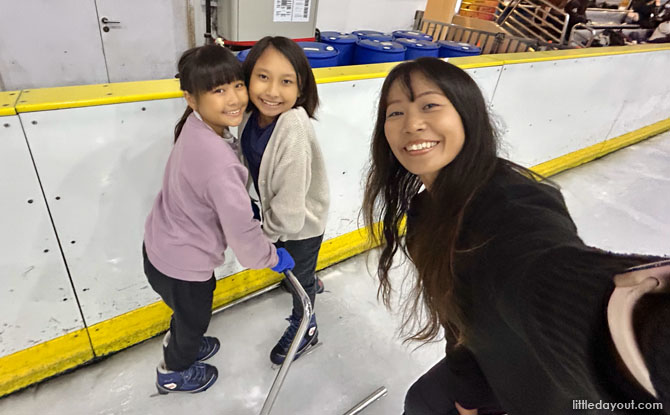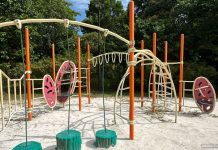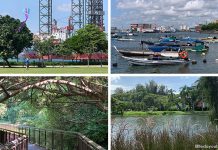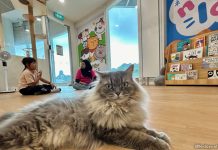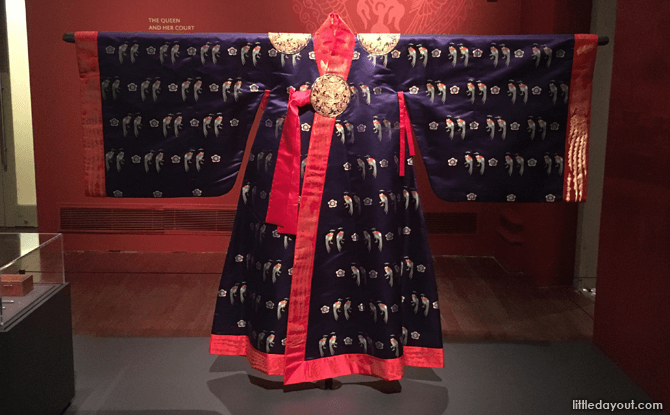
With a history of over 500 years, Joseon was the last dynasty of Korea. Fans of Korean historical dramas or sageuks will be familiar with the Joseon. Now, others can learn about its rich traditions at the Asian Civilisations Museum’s Joseon Korea: Court Treasures and City Life exhibition being held from 22 April to 23 July 2017.
On display are treasures from the National Museum of Korea and the National Palace Museum in Seoul. The 150 artefacts showcase the Joseon period (1392 – 1897) and provide a look at royal power, cultural sensibilities and everyday life.
The exhibition is broken up into six sections. Here are some highlights of each section.
Departing from the Goryeo Kingdom
Departing from the Goryeo kingdom introduces the transition between the previous Goryeo dynasty and the Joseon dynasty.
Year-end Holiday Camps: Discover Fun and Exciting Camps for Kids; Book Early
Farm Fright: Join City Sprouts For Their Halloween Bash On 26 Oct
Welcoming visitors to the exhibition is an austere piece of pottery, a Moon Jar. This is symbolic of the Neo-Confucianism ideals that were adopted during the Joseon in contrast to the Goryeo period which had Buddhism as a state religion.
Royal Authority and Court Culture
This next section looks at the roles of royalty and symbols of power.
On display is a six-fold screen, The Sun, Moon and Five Peaks, that stood behind the King’s throne. It is symbolic of the King and was often used to stand in for the King’s presence at events and represented his power.
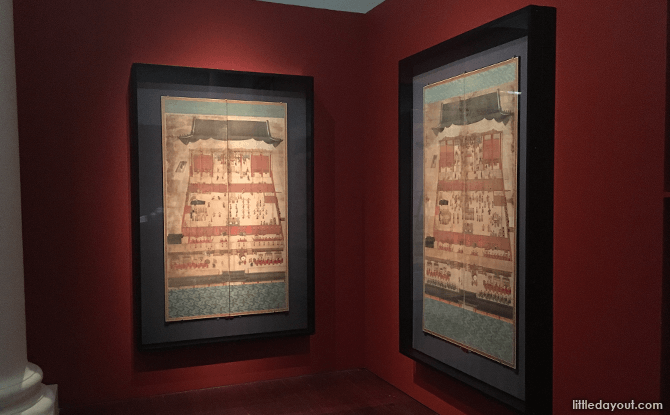
The Yangban
Joseon society was stratified into four classes. The yangban occupied the highest strata of society. As the elite and aristocratic class in Joseon, they were looked to as models of Confucian ideas and values.
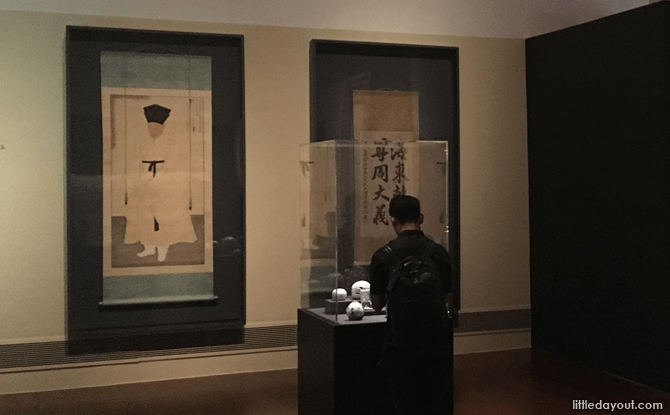
Nature in Korean Art
Next, take a look at the importance of nature to Korean artists.
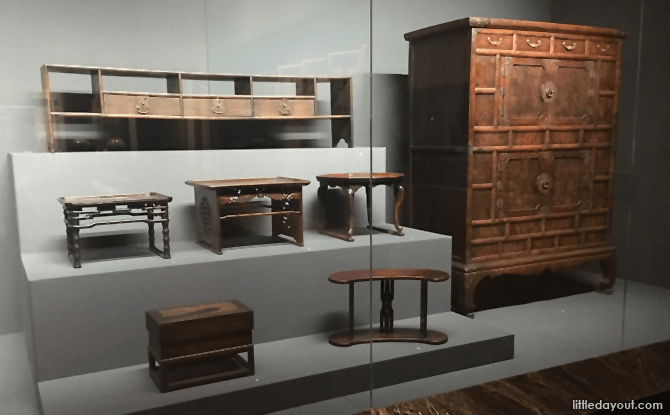
Sacred art and religious traditions
Even during the Joseon dynasty, Buddhism continued to influence the ritual life of people.
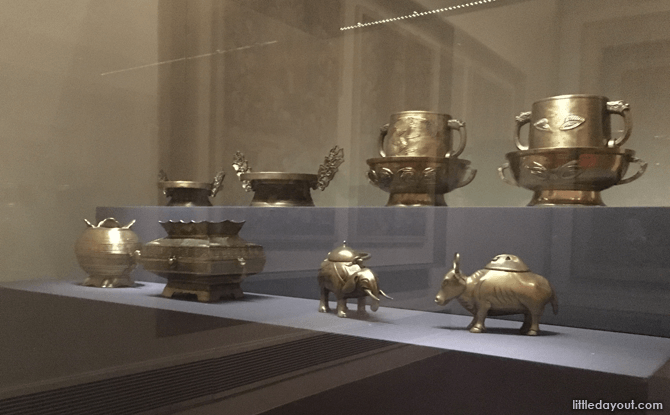
Streets of Hanyang: Everyday life of the people
The final section of Joseon Korea: Court Treasures and City Life captures vignettes of everyday life in Hanyang (Present-day Seoul) during Joseon Korea.
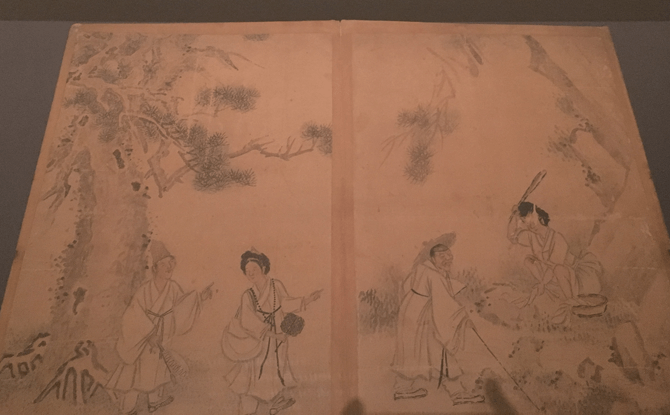
Activity Area at Joseon Korea: Court Treasures and City Life
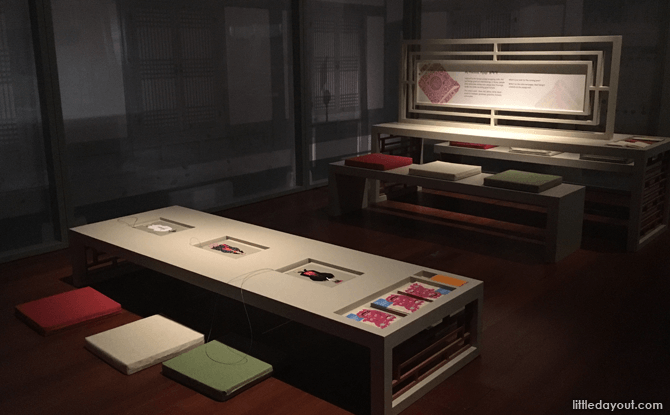
Becoming Again; Coming Together
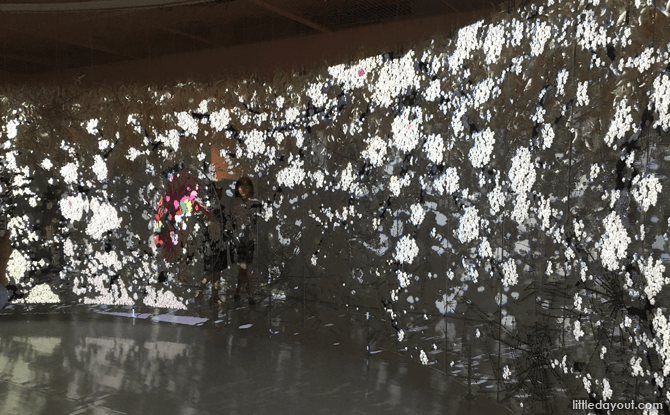
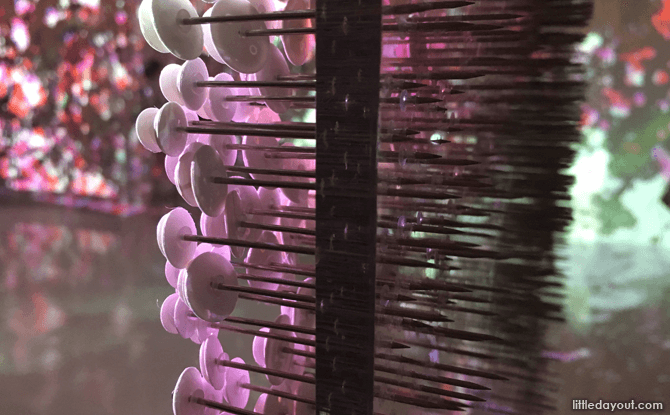
Additional Programmes
Those who wish to get a more in-depth appreciation of the artefacts and treasure on display can join a Curator Tour on Fridays 12 May, 9 June and 14 July, 7.30 pm to 8.30 pm. The tour costs $25 per session.
You can also experience Korean culture with thumping music, dance performances, food tastings and more during the Seoul Awesome! Weekend Festival being held on 17 and 18 June 2017 at the Asian Civilisations Museum.
Kids can join in special school holidays edition of Fun-tastic Fridays in the month of June where they can dress up in traditional hanboks, attend workshops and watch traditional cultural performances.
Joseon Korea: Court Treasures and City Life
Venue: Asian Civilisations Museum
Dates: 22 April to 23 July 2017
Admission fees:$10 for Singaporeans and PRs (free for children and seniors) and $15 for tourists ($10 concession, $45 for a family of 5) – this includes entry to permanent galleries. Admission to Becoming Again; Coming Together is free for all visitors.



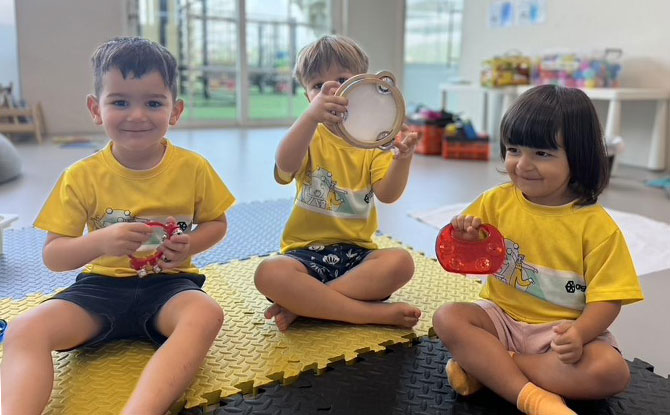

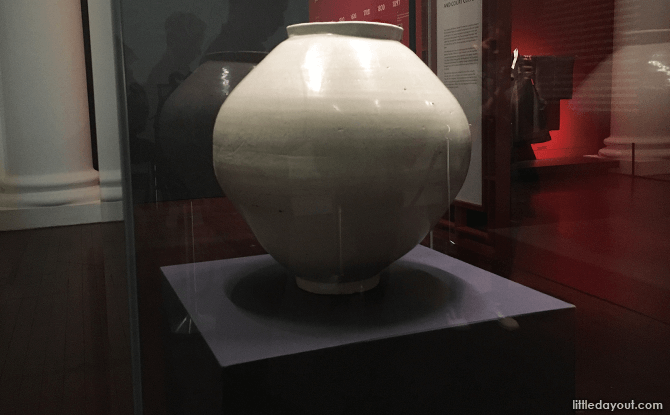
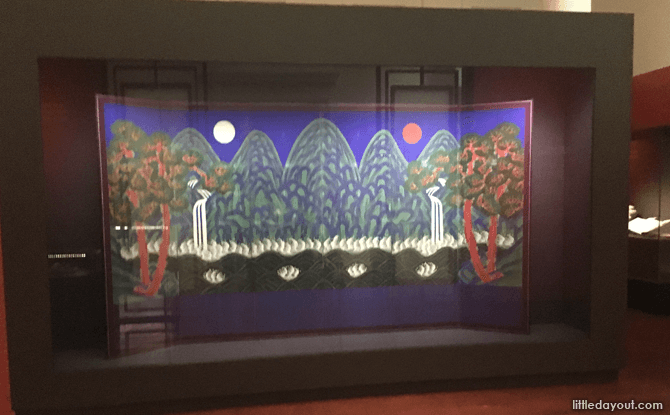

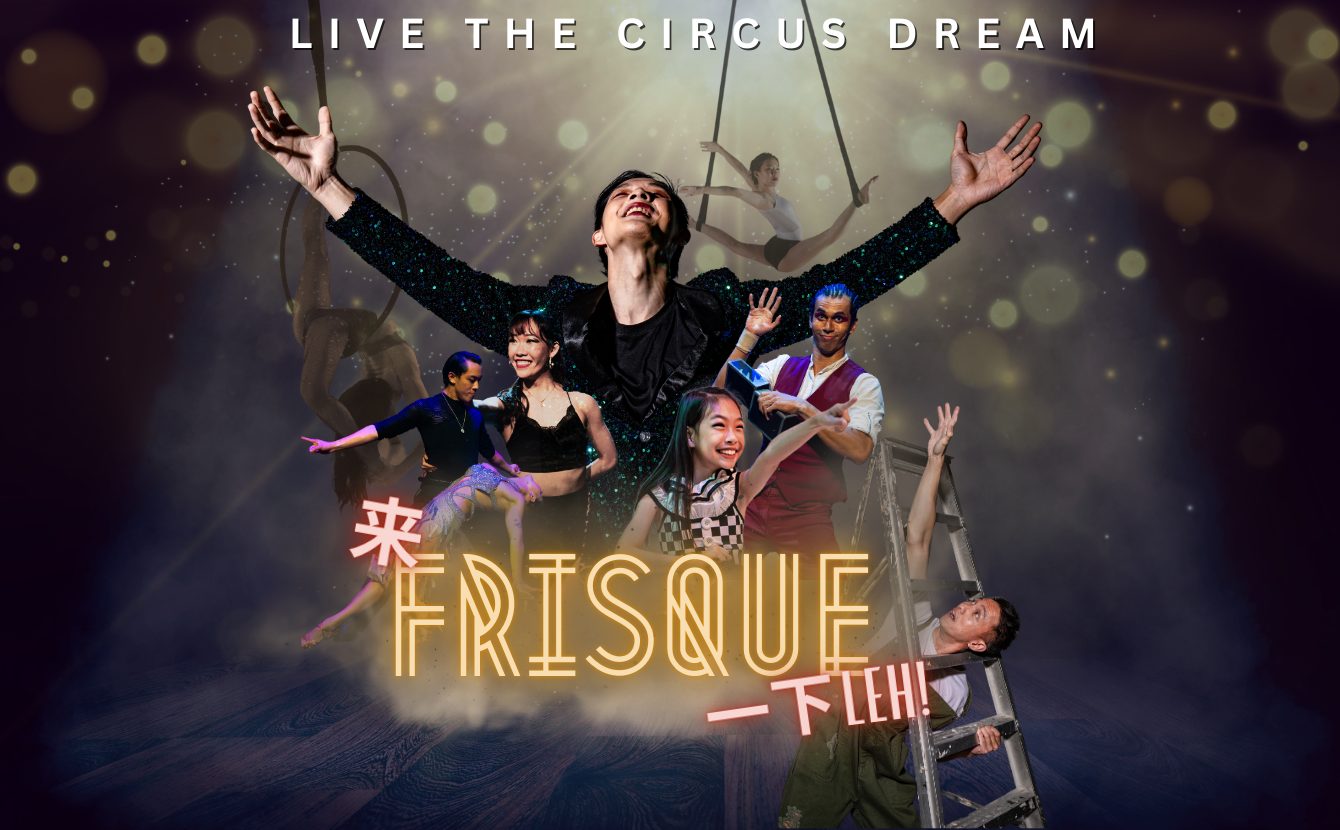
![[Updated] 53 Best Free Outdoor Playgrounds In Singapore For Kids 50 Best Free Outdoor Playgrounds In Singapore For Kids](https://www.littledayout.com/wp-content/uploads/outdoor-playgrounds-01-218x150.jpg)
